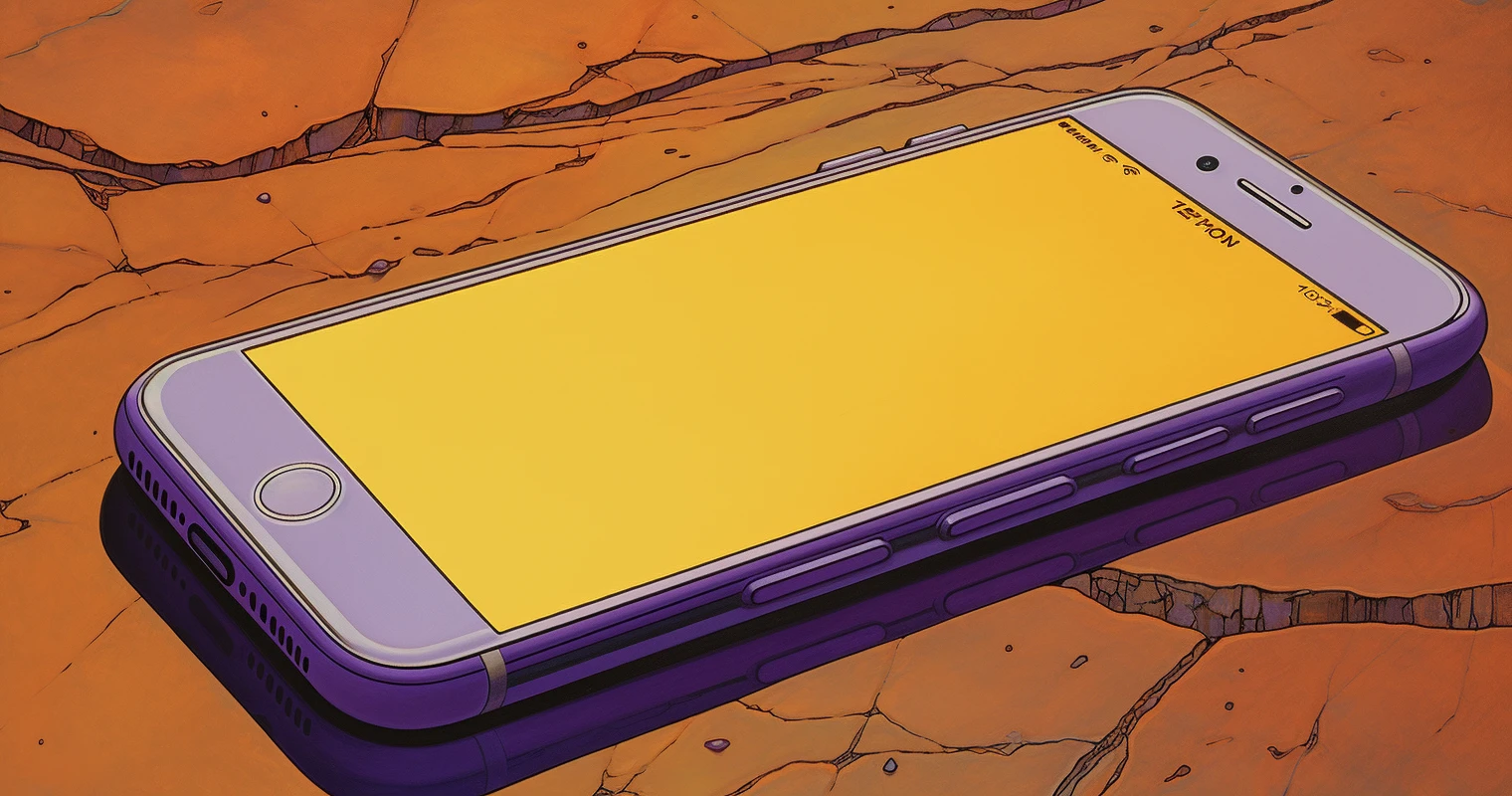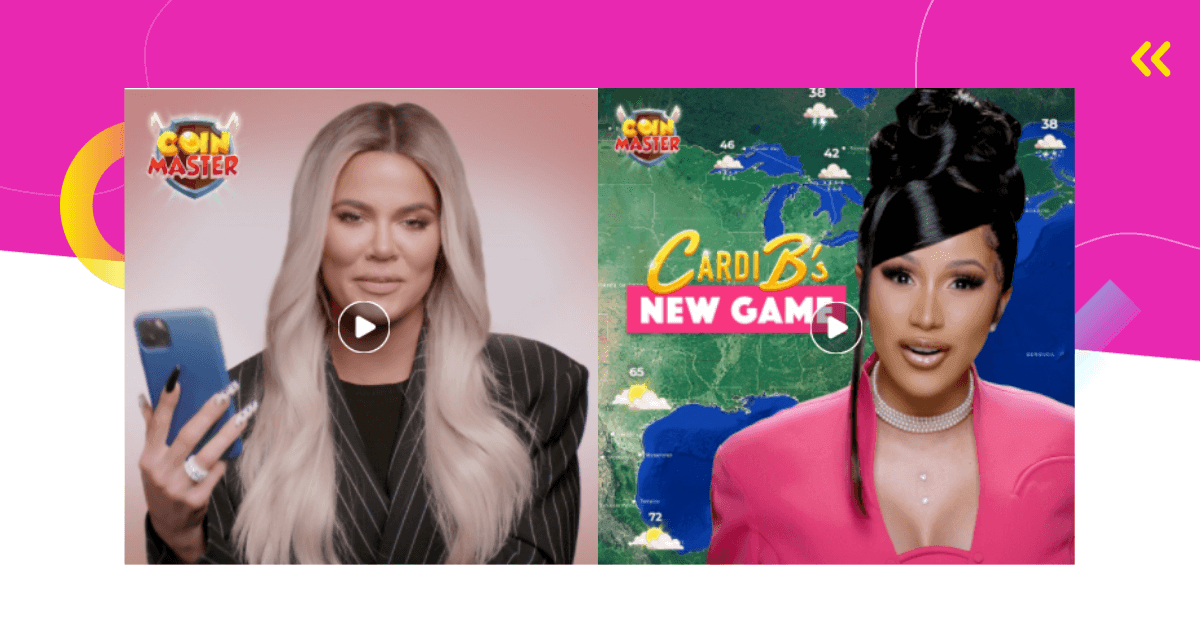As mobile device usage keeps growing, the types of mobile advertising available to businesses are more diverse than ever. Smartphones and tablets now serve as prime spots for connecting with audiences through apps, social media, and games.
Below, we explore the leading types of mobile advertising in 2025, including key market insights and tips for each format.
Mobile Video Advertising
Mobile video advertising is one of the most effective ways to capture attention on a device that’s always in someone’s hand.
If you’re trying to reach audiences quickly and deliver high-impact messages, short video clips do the job perfectly.
They satisfy today’s need for both visual immediacy and on-the-go browsing.
Platforms like TikTok and YouTube have billions of active users, so when you invest in these spaces, you’re tapping into massive viewership potential. Because of the high engagement on video-driven apps, you get the benefit of instant feedback—metrics that can help you optimize targeting and creatives on the fly.
Whether it’s skippable pre-rolls, in-feed videos, or interactive content, video advertising has proven invaluable for direct audience connection. Think of it as a dynamic space where you can test new storytelling angles without losing your audience’s interest.

Focus on Authentic Content
One thing marketers often get wrong about video advertising is thinking they need to create high production Hollywood-level videos.
In fact, you need to do the exact opposite.
What mobile users appreciate the most, especially Millennials and Gen Z, is authentic, user-generated content.
According to research by Hubspot, six out of ten consumers consider user-generated content to be the most genuine type of marketing content.
So instead of blowing your budget on expensive video production, focus on UGC and videos that have that effortless, candid vibe – it’s what today’s audiences resonate with the most.
Social Media Ads
Social media ads are already a staple in most marketing plans, and with good reason.
If you’re active on Instagram, Facebook, or X (Twitter), you know how intuitive their targeting features can be. As a marketer, you can drill down to very specific audience segments based on age, location, interests, or online behavior.
Imagine you’re running ads for a coffee brand: you can have your creative served to people who’ve recently searched for nearby coffee shops or engaged with coffee-related posts.
The formats themselves—image posts, videos, stories, or swipeable carousels—are designed to blend into the user’s feed, offering a more seamless experience.
The real magic of social media ads lies in real-time performance metrics.
You can see how many users click, comment, or share within hours of launch, allowing you to refine your ads on the go. It’s worth noting that social media ads can achieve a click-through rate (CTR) of up to 3%, a solid statistic if your goal is brand awareness or direct response (Statista, 2024).

Stand Out with Bold Advertising
While social media platforms are a great advertising channel, there’s one big downside – these platforms are very competitive. Users are inundated with tons of ads each day which makes it harder and harder to stand out.
The goal is to design an ad that will make people stop scrolling, which is becoming more difficult considering attention spans are shortening.
According to American Psychological Association (APA), the average attention span is only 8.25 seconds, which is less than that of a goldfish.
To avoid ad fatigue and to capture users’ attention, focus on bold, unexpected ads with unique visuals. This is your opportunity to test out new creative approaches and go in a different direction that everybody else.
If you’re running video ads on social media, remember that the first few seconds are the most important. If the ad is not interesting enough right from the start, people will just scroll past it.
In-App Ads
If you’re looking for a channel with consistently high engagement, consider in-app ads. They appear in a range of mobile applications—games, productivity tools, fitness apps—and in various formats such as video, banners, or interactive ads.
As marketers, we know the customer’s in-app behavior often indicates a strong level of focus. The key is to present ads that align with that focus rather than disrupting it.
In-app ads account for over 60% of global mobile ad spending (eMarketer, 2024), and for good reason.
They typically see higher click-through and interaction rates compared to mobile web ads, since they’re served within an environment your audience is already comfortable with.
Research shows users are twice as likely to tap on these ads because of the seamless integration (Statista, 2024).
To succeed with in-app ads, make sure you customize creative elements so they feel native to the app’s overall design and functionality.
Banner Ads
Banner ads might sound a bit old-school, but they’re still very much alive in mobile marketing. You’ll usually see these small rectangles at the top or bottom of a mobile screen. From a marketer’s perspective, they’re simple, affordable, and can reinforce brand visibility without dominating the user’s entire experience.
Banner ads make up over 15% of total digital ad impressions globally (Statista, 2024).
If your aim is constant exposure rather than high-intensity engagement, a banner could be a straightforward way to keep your brand front and center. Well-placed banner ads can earn click-through rates (CTR) of up to 0.6%, a bump that gets even better when your content is genuinely engaging.
Nowadays, you can experiment with interactive features—like click-to-call buttons—to make these banners more dynamic. This keeps users from feeling bombarded by the same static layouts and invites them to interact on their own terms.

Interstitial Ads
If your campaign needs a major visibility boost, interstitial ads might be your go-to.
These are the full-screen ads that show up at natural transition points within apps—maybe between game levels or when switching sections.
Their size alone makes them eye-catching, and when executed well, they can score click-through rates as high as 12% (eMarketer, 2024).
As a marketer, you’ll want to be cautious about placement.
Used too frequently or at inopportune moments, interstitials can frustrate users. But when positioned at a logical break, they can improve ad recall by up to 80%, making them a great tool for brand awareness and engagement.
Consider using them in mobile games, where a timed pause or level break ensures you have the user’s full focus.

Rewarded Video Ads
If you thought interstitial ads are great, wait until you hear about rewarded video ads.
This ad format is often overlooked in mobile advertising and doesn’t get enough attention, possibly because it’s primarily used in apps and games. But it produces amazing results and it’s one of the few types of mobile advertising users actually prefer.
Here’s why you should definitely consider it for your next advertising campaign.
Rewarded video ads offer users an incentive—like extra in-game currency or unlocking premium content—in exchange for watching a short ad.
For marketers, this is a great way to guarantee attention.
Completion rates can go as high as 90%, which is impressive by any standard (Statista, 2024).
Over 70% of mobile gamers actually prefer rewarded ads over other formats, since they receive tangible benefits without paying out-of-pocket (Business of Apps, 2024).
For you, that means a captive audience and a deeper brand connection.
Everybody Wins
Rewarded ads are so popular because they create a win-win scenario for everyone involved.
Users benefit by receiving something valuable in exchange for watching an ad, making the experience feel worthwhile.
Your audience actually pays attention because they get something valuable in return for watching. Instead of skipping or scrolling past, they’re engaged, making your ad more effective. Plus, you only pay when people choose to watch, ensuring better value for your budget.
At the same time, mobile app publishers benefit because they earn revenue from running your ad.
That’s why rewarded ads are one of the smartest choices for mobile advertisers looking to get real results.
Native Ads
Native ads are a fantastic choice if you’re aiming for minimal disruption to the user experience. They blend with the surrounding app or website content—think of sponsored posts that fit neatly into a social feed or recommended article section.
Because they appear so naturally, they can generate 53% more views than traditional display ads (Outbrain, 2024).
From a marketing perspective, native ads help build trust when done right.
They must be clearly marked as sponsored content, but if the tone and style align with the user’s reading or browsing habits, native ads can feel helpful rather than intrusive.
This approach leads to click-through rates (CTR) of up to 0.8%, nearly double that of banner ads (Statista, 2024).
Mobile Display Advertising
Mobile display advertising is essentially the larger category that includes various visually driven ads. From static images to rich interactive elements, these appear on websites or apps to grab the user’s eye.
Mobile display ads account for over 25% of global digital ad spending (Statista, 2024).
Studies also show that a well-designed display ad can improve brand recall by 50%, a benefit that’s incredibly valuable in a fast-paced digital environment (eMarketer, 2024).
The flexibility to test different creative elements—colors, formats, calls-to-action—means you can iterate quickly and measure the immediate impact on user engagement.
Final Thoughts on Types of Mobile Advertising
Whether you’re focusing on short video snippets, in-app experiences, or classic banner ads, each approach has its strengths. Many advertisers mix formats to achieve various goals—like brand awareness, lead generation, or direct sales—without relying on one single channel.
After all, you want to meet your audience wherever they are, and as marketers, it’s up to us to ensure those touchpoints are both purposeful and effective.
If you need any help with your campaigns, make sure to reach out – mobile marketing is what we do best.
Data Sources
Hubspot. UGC Statistics, 2025
Statista, Mobile ad spending statistics, 2025
data.ai, now part of SensorTower. State of Mobile Report, 2025
Statista, In-App Advertising, 2025
Statista, CTR statistics, 2024
eMarketer, Mobile advertising spend, 2025
eMarketer, Mobile display advertising statistics, 2024







Comments